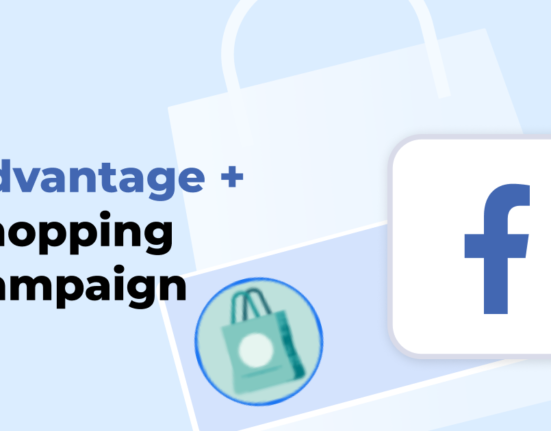In the last edition, we walked you through the idea of developing a lifecycle marketing strategy, how it can help build your DTC business, and how you can retain and acquire customers to the best of your abilities easily. But just the information wouldn’t suffice! Lifecycle marketing is an eCommerce business strategy that revolves around a continual cycle of customer-first engagement via three personalized channels, namely, on-site, mobile, and email. Hyper personalization when reaching your customers through these channels is key to building trust and long-lasting relationships, which result in effective customer acquisition and retention.
When creating a strategy that’s built on the data collected from your customers for your customers, you must involve automation every step of the way. The only way this strategy would continue working is if it is self-learning and adaptive. If your plan doesn’t learn on the go and evolves accordingly, then your business wouldn’t survive a few months in this ever-changing and constantly evolving DTC market.
So, is that incentive enough to take a look at your marketing strategy?
Starting the process of altering your business processes is often the most challenging. That’s why we’ve put together a series of steps to instigate the production of your lifecycle marketing strategy.
📋 Plan
This is the first step of the process and also the one that requires you to be meticulous about details you may have missed out on, which ultimately led you to miss out on potential customers in the first place. Lay out your entire existing marketing plan well—from acquisition to conversion. Don’t begin the process of critically thinking about it; simply put it all down to access later. While documenting your existing plan, pair it with your upcoming goals. Jot down a mix of short-and-long-term goals to ensure your process of strategy development doesn’t go astray.
🕵🏻♀️ Observe & Learn
During this inspiration phase, understand who you’re directly or indirectly targeting. A good way to begin is by taking surveys, quizzes, and interviews. Some content buckets you should focus on are:
➡️ Loyal Customers
➡️ Unsatisfied Customers
➡️ One-Time Shoppers
➡️ Revisiting Window Shoppers
Using your customers’ feedback, build the marketing strategy you’re working on. Build backward, keeping in mind their daily requirements and frustrations when engaging with your brand online to create a plan that caters to their needs.
🤖 Automate
Using customer segmentation, you can automate the way you market your products to the customers. Based on their location, recently viewed products, purchase history, and other data, you can start personalizing the messages sent to them across all the channels.
Imagery, time of contact, the channel of contact, product range marketed, and frequency of communication are some of the things you can automate.
🔁 Iterate
Once you’ve built your plan based on the feedback received, you can go ahead and hit deploy. But that’s not it! Of course, keeping a close eye on the way your customers are engaging with your new marketing plan is essential. Because this new targeted approach may affect different kinds of customers differently. That’s when you come in to tweak around and make changes to cater to your customers constantly.
Once you’ve settled into the strategy and found what works for your customers well, you can take the next big step, which is introducing them to new channels of communication. This would not only give you more chances to make stronger connections with them but also open your business to new opportunities.










